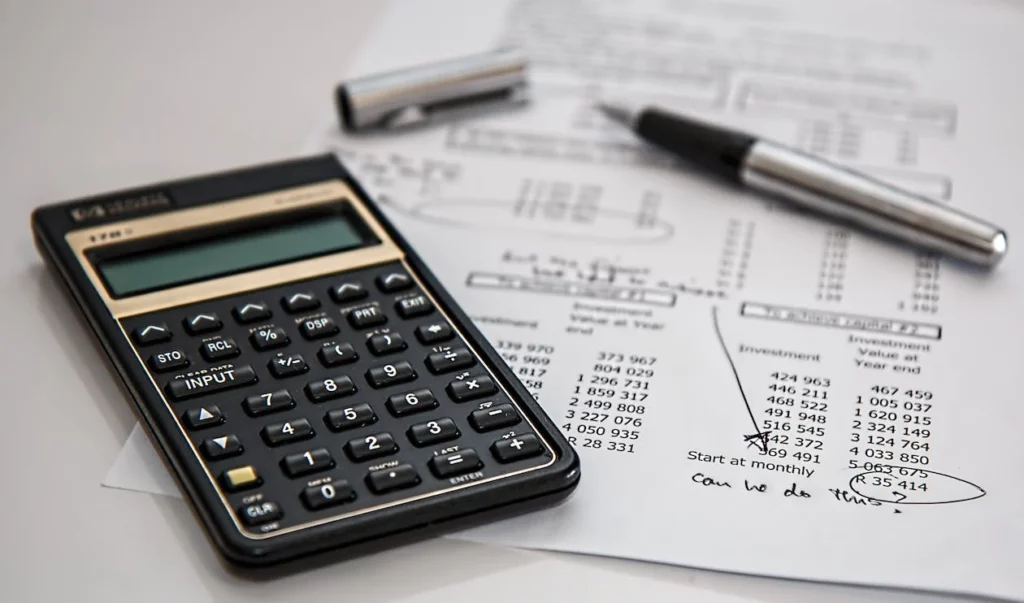The Excise Tax Act offers the Canada Revenue Agency (CRA) and its tax collectors’ broad authority to recover tax obligations. Many taxpayers are surprised when their bank accounts are blocked, possessions confiscated, or paychecks garnished. However, there are precise and time-based constraints where the CRA can legally recover GST/HST tax obligation. Unlike most tax debts, a GST/HST assessment does not have a 90-day collection moratorium. However, GST/HST tax debts have a 10-year statute of limitations. A GST/HST debt over ten years old can still be collected if the CRA takes steps to collect it or the taxpayer admits to it. As a result of a routine evaluation or review, tax debt is lawfully generated by the CRA. Unlike taxable debts, the CRA can promptly collect GST/HST debts after delivering the individual notice of assessment or reassessment.
Period of Suspension of Tax Collections
Paragraph 313(2.1) of The Excise Tax Act specifies that the CRA wouldn’t initiate or sustain an action to obtain back taxes after the expiry of the prescribed time limit to recover the debt. The stipulated limitation term in the Excise Tax Act is 10 years; this implies that even after ten years, the CRA is lawfully prevented from recovering tax debt. If the GST/HST lending is less than 10 years, our expert Canadian GST/HST accounting professionals can help you cope with the CRA tax collectors designated for your case. Because of subsection 313(2.3) of the Excise Tax Act, there are several reasons for the 10-year limitation to become reset.
- A Minster has the right to extend the limit deliberately. In doing so, the 10-year limit is “reset” and begins when the committee is ready to recover the tax obligation,
- Subsidiary assessments against third parties, such as a partner or family, can also reset the time limit.
- A debt recognition by the individual (or the legal representative) also resets the 10-year limit.
For instance, if a tax obligation was imposed in 2005 and the CRA takes no action towards the taxpayer till 2015, the Minister has additional ten years to pursue collection efforts. The 10-year restriction period ‘resets’ each time the tax officials collect. So, suppose no recovery move is made for 10 years plus one day and no individual (or legal representative) acknowledged the obligation? That’s right. You guessed it. The CRA is prohibited from collecting on the debt further or restarting the 10 years provided.
However, not so fast. Subsection 313(2.8) of the Excise Tax Act ‘resurrected’ all tax arrears outstanding to the CRA prior to March 3, 2004. That indicates all tax liabilities due to the Minister by March 3, 2004, may lapse on March 3, 2014. The 10-year time – frame will be restored if any move is made before March 3, 2014, for a debt owed before March 3, 2004.
What Counts as Collection Action?
The Tax Act outlines a “collection action” as each step made to obtain your tax debt. It includes judicial proceedings and actions by the CRA in Division VIII of Part IX of the Excise Tax Act. The CRA may issue a “request to report” as per section 282 of the Excise Tax Act or even a requirement for you to preserve data under section 286 of the Excise Tax Act. If you are uncertain whether action has already been taken to collect your tax debt, consult our Canadian GST/HST tax professionals.
Recognizing Tax Debt
The only way to avoid prolonging the collection period is by delaying the recognition of the debt and avoiding a plan to pay the amount. As described in subsection 313(2.4) of Canada’s Excise Tax Act, the taxpayer has three options for acknowledging the debt:
- A written pledge to settle the obligation
- A documented recognition of the obligation.
- An Unsuccessful payment of cash or putative money, such as a “bounced check.”
Any one of these three processes can result in a “restart” of the collection activities. The above example demonstrates the importance of seeking tax and accounting guidance from one of our Canadian GST/HST tax professionals before direct interaction with tax collectors.
Conclusion
Managing tax conflict effectively requires adequate representation throughout the entire process. Tax Partners can help you resolve disputes with intrusive CRA officers, help you win your dispute, negotiation and settlement, and ensure you don’t overpay.
More information about Tax Partners, please visit our YouTube channel or contact us at (905) 448-2241. Alternatively, you may email us at [email protected].
The content of this blog/article is intended to provide a general guide to the subject matter. Specialist advice should be sought about your specific circumstances. Our firm does offer a FREE initial consultation (30 minutes).


